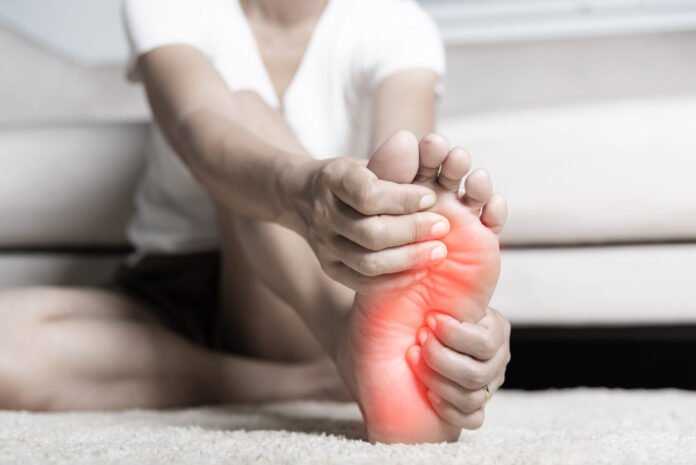Imagine a burning sensation that never stops, a sharp electric jolt from the lightest touch, or the feeling of broken glass under your skin. For those living with Complex Regional Pain Syndrome (CRPS), such discomfort isn’t imagination; it’s everyday life. CRPS , previously known as Reflex Sympathetic Dystrophy (RSD), is often misunderstood, misdiagnosed, and underrecognized, even though its effects can be life-altering. The pain is real, relentless, and deeply personal.
CRPS usually begins after an injury, surgery, stroke, or heart attack. But instead of healing, the body’s nervous system misfires, sending continuous pain signals long after the initial trauma has resolved. This condition not only causes physical pain but also leads to emotional distress, social withdrawal, and a profound shift in quality of life. Despite affecting hundreds of thousands across the United States, many patients feel isolated and unsupported. They are often left asking, “Why does it hurt so bad?”
Understanding the mechanics behind CRPS and the daily realities it imposes is key to bringing attention, compassion, and better care to those who suffer.
The Nervous System Gone Rogue
CRPS arises when the peripheral and central nervous systems become hypersensitive. After trauma, instead of shutting off pain signals when healing begins, the brain and nerves continue to sound the alarm. This malfunction causes disproportionate pain, often described as burning, stabbing, or aching. Swelling, temperature changes, and skin discoloration are also common. The nervous system’s dysfunction amplifies even minor sensations into unbearable pain, leaving patients in constant discomfort.
Symptoms That Can’t Be Ignored
The hallmark of CRPS is severe, chronic pain. However, it’s accompanied by a range of other symptoms that vary in intensity. These include swelling, changes in skin color or texture, extreme sensitivity to touch, limited mobility, and joint stiffness. Over time, muscles can weaken from disuse, and the affected limb may become visibly different from the rest of the body. These symptoms may fluctuate, making the condition unpredictable and hard to manage.
The Emotional and Mental Toll
Living with CRPS takes a significant emotional toll. Anxiety, depression, and feelings of helplessness are common. The constant pain can lead to sleep disturbances, relationship challenges, and a reduced ability to work or engage in hobbies. Many patients report feeling dismissed or misunderstood by others who cannot see or comprehend the severity of their condition. This emotional weight can be just as debilitating as the physical symptoms and requires equal attention and care.
CRPS Isn’t Rare, It’s Underrecognized
While often considered rare, CRPS affects an estimated 200,000 Americans annually. It is more common in women and typically develops in the arms or legs. One of the biggest challenges is that many healthcare professionals are unfamiliar with the condition. This can lead to delayed diagnosis and treatment, which may worsen the prognosis. Early recognition and intervention are critical, but awareness remains limited among both the public and the medical community.
Why Movement Matters Even When It Hurts
Though movement may seem impossible during a flare-up, gentle physical therapy is vital. Lack of use can worsen symptoms and lead to muscle atrophy and joint stiffness. Working with pain specialists and physical therapists who understand CRPS is crucial. Treatments often focus on gradual motion exercises, desensitization techniques, and mirror therapy to retrain the brain’s pain response. Movement doesn’t erase the pain, but it can help preserve function and slow the condition’s progression.
Treatments That Offer Hope
There is no single cure for CRPS, but a range of treatments can help reduce symptoms and improve quality of life. Options include nerve blocks, spinal cord stimulation, ketamine infusions, and medications like anticonvulsants or antidepressants that target nerve pain. Pain management centers often take a multidisciplinary approach, combining medical, physical, and psychological support. Each person’s CRPS journey is different, so finding a tailored plan is key to long-term management.
CRPS is one of the most painful and misunderstood medical conditions, often described as feeling like your body has turned against you. The suffering is both physical and emotional, affecting every aspect of life. Greater awareness, earlier diagnosis, and compassionate, expert care can make a world of difference for those living with this condition. If you or someone you love is struggling with unrelenting pain, don’t ignore the signs. The Pain & Spine Center of Charlottesville specializes in advanced pain management techniques and is committed to helping CRPS patients find relief and regain control over their lives. Reach out today to start a path toward better care and lasting support.

